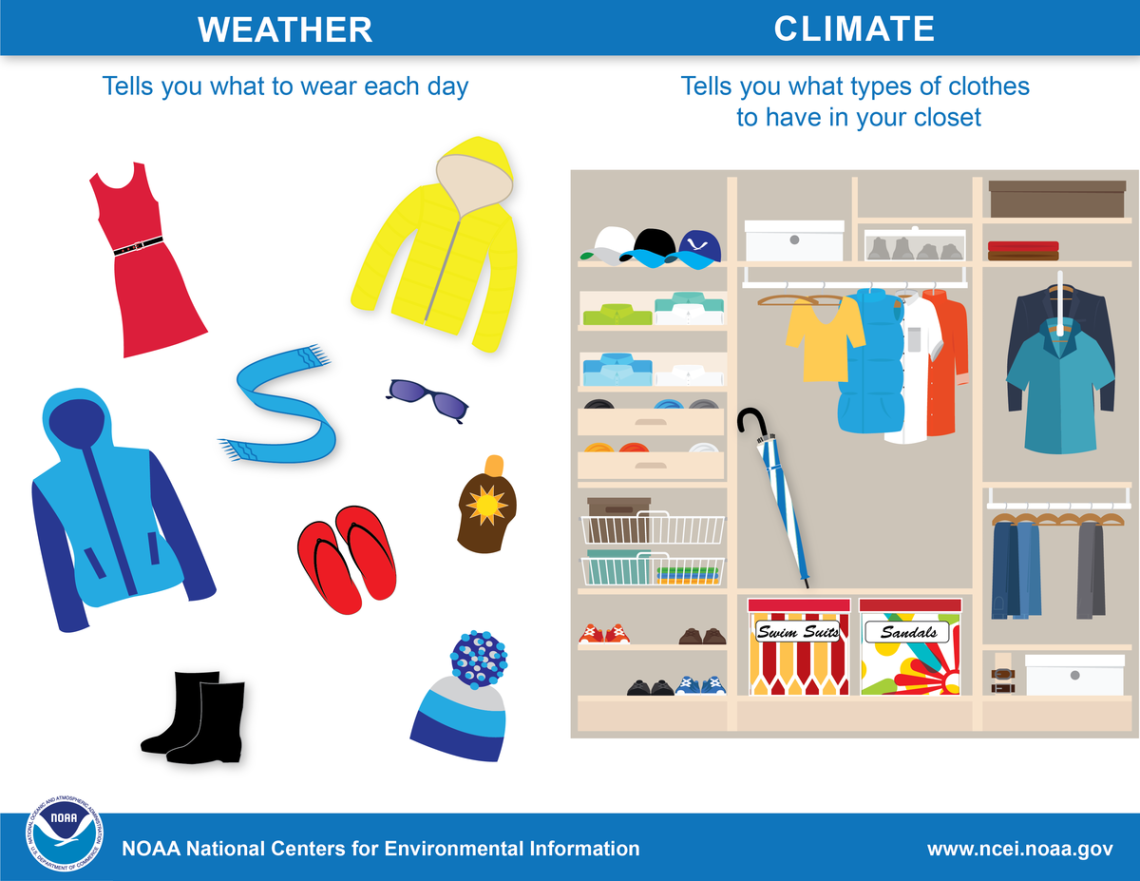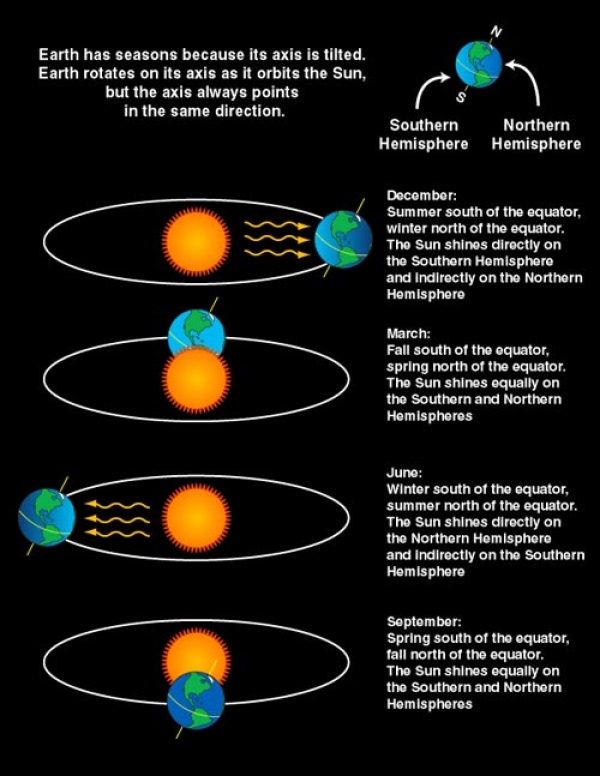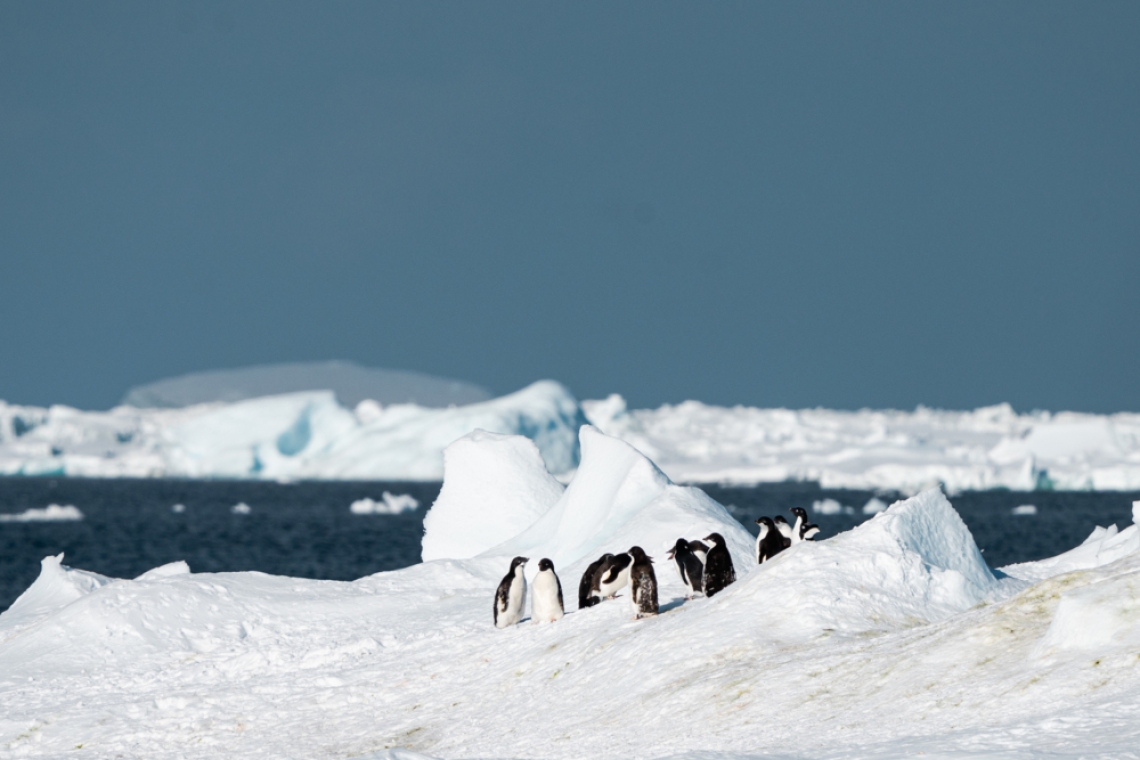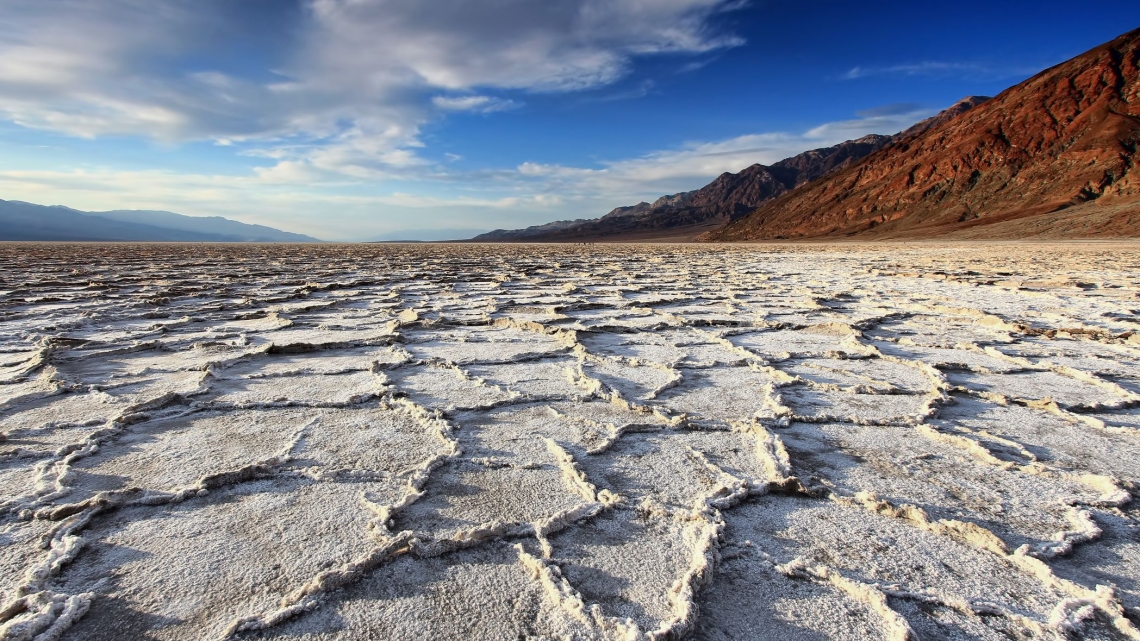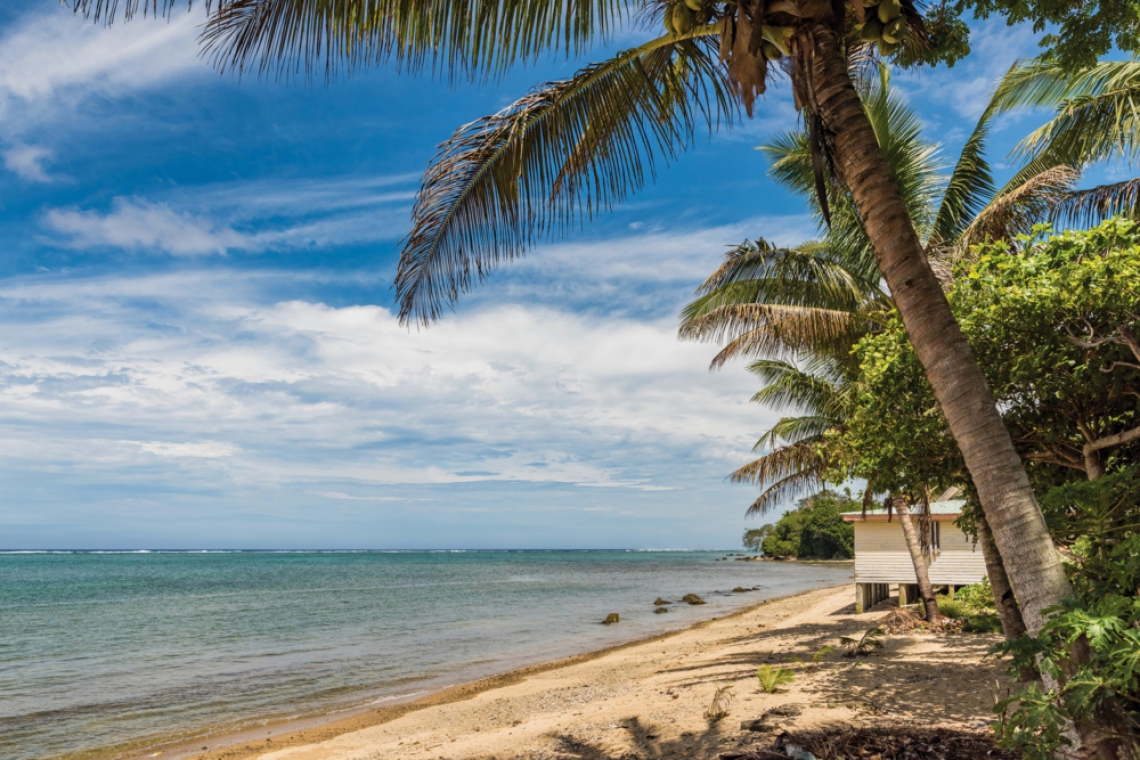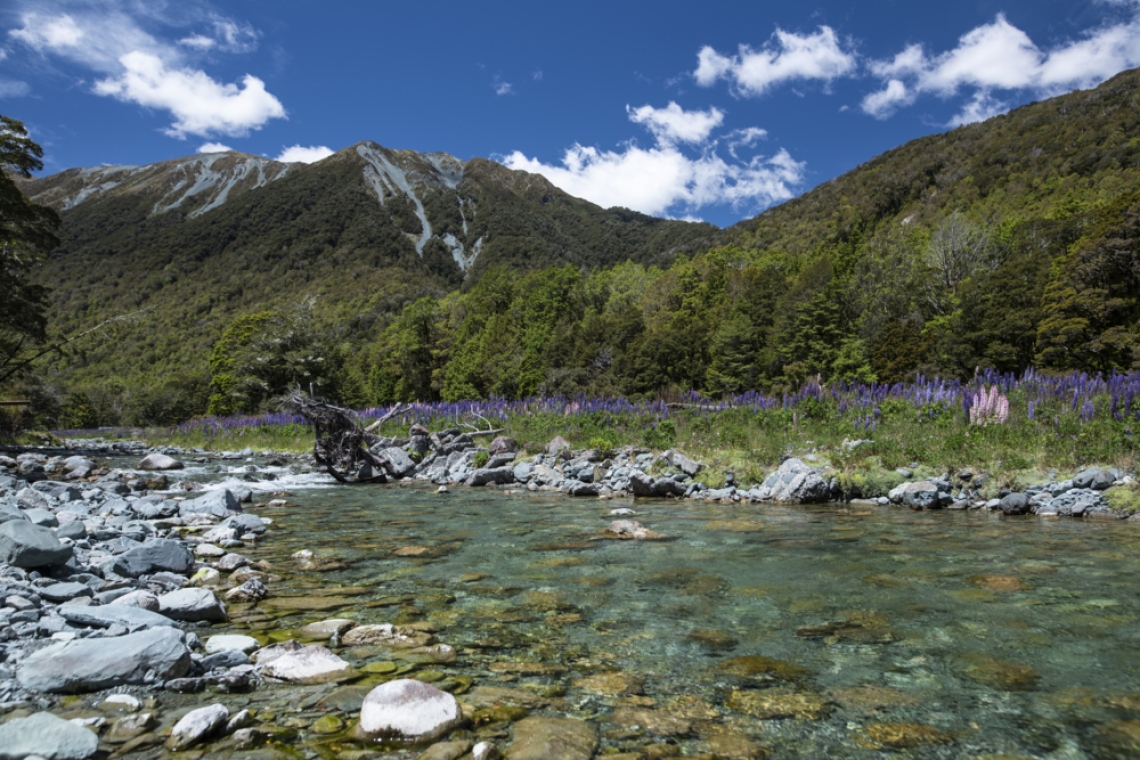Written by Seth Carrier, NIWA Meteorologist/Forecaster
On this page:
- Weather vs climate
- Why do we have seasons?
- Video: Weather Tips from Weather Nerds - Seasons
- Activity – weather vs climate
- Quiz – Introduction to climate
Download a shorter version of this lesson in PowerPoint or as a PDF [1.2 MB] or continue below to see the lesson in full.
Weather vs climate
Weather and climate are closely related, but they are not the same thing.
Can you remember in our first lesson when we defined weather? We talked about how weather is what you see out your window every day, whether it’s cloudy, rainy, sunny or windy. Weather is what we see and feel in the short-term. It can change quickly, over minutes, hours or a couple of days.
Climate describes what the weather is like over a long period of time in a specific area.
To study the climate of a particular place, scientists look at averages of rainfall, temperature, sunshine, wind and other measures of weather over a long time, often over 30 years. These long-term averages of weather observations are known as climate normals.
Scientists study climate to look for trends and patterns and predict how the climate may change in future.
Climate provides a general idea of the weather conditions we expect in a season or year, but it doesn’t tell us what the weather will be like on any given day. For example, climate can tell us what the average high temperature is in Auckland during December , but it can’t tell us what the exact high temperature will be in Auckland on 15 December next year.
In short, climate is what we expect, while weather is what we get.
Why Do We Have Seasons?
Here in New Zealand it’s usually warm in January (summer) and chilly in July (winter), But why? It’s because the change in seasons is caused by the tilt of the Earth. It’s a little tricky to understand, but let’s give it a go.
The Earth makes a full journey around the sun once per year, but because of the Earth’s tilt the north and south poles sit at an angle rather than straight up and down. This tilt means that the sun’s rays don’t hit Earth equally. The half of the Earth tilted toward the sun receives much more light energy than the half tilted away from the sun.
The half of the Earth tilted toward the sun is experiencing summer, while the half tilted away from the sun is having winter. However, since the Earth’s tilt doesn’t change as it orbits the sun, six months later the opposite half of the Earth is facing toward the sun and is now experiencing summer.
This is why Christmas happens in the middle of summer here in New Zealand and the rest of the Southern Hemisphere, but in the Northern Hemisphere (places like the United States and Europe), Christmas happens in winter when it’s cold and snowy.
Let's look at some of the different climate regions found around the world:
Polar climate
Polar climates are found near the top and bottom of the earth – near the North and South Poles, as you might have guessed!
These areas are furthest away from the equator, meaning they get less direct sunlight than any other places on Earth. Less direct sunlight means colder temperatures, making the poles among the coldest places on Earth. Polar climates experience cool summers and extremely cold winters, which result in land covered in a permanent or semi-permanent layer of ice.
To be considered a polar climate, a location must have an average temperature of less than 10°C during all 12 months of the year. However, it can get much colder than that. The coldest temperature ever recorded on Earth is -89.2°C in Antarctica. Now that is cold!
Desert climate
Desert climates are very dry, hot regions where there is very little rainfall. Deserts are usually rocky or sandy because the little rainfall they receive makes it difficult for plants to grow there. Most deserts are so dry because they have almost constant high pressure (remember high pressure = dry, sunny weather) overhead stopping clouds and rain from forming.
Unlike the poles, which get extremely cold, temperatures in deserts can get extremely hot. The hottest temperature ever recorded on Earth was an incredible 56.7°C in Death Valley, California.
Tropical climate
Tropical climates can be thought of as the opposite of polar climates. They are usually found near the equator, and are among the warmest regions on the planet. Temperatures in the tropics change very little throughout the year and it usually rains a lot. Because of all this rain, tropical regions usually have lots of lush vegetation and a large variety of animals living in them.
Temperate climate
Temperate climates are considered to be those found between the polar climates and the tropical climates. In these regions , temperatures can change quite a bit during the year and there are usually four distinct seasons. This may mean that it’s hot and humid during the summer, but in winter it can snow and be very cold. New Zealand has a temperate climate.
Video: Weather Tips from Weather Nerds - Seasons
Activity - weather vs climate
This activity is sourced from https://study.com/academy/lesson/weather-vs-climate-activities.html.
What’s the difference between weather and climate? Let’s use chocolate to find out.
What you’ll need:
- Bags of M&M’s (or skittles or different coloured beads if not using sweets)
- Blank calendar page of the month
- Pencil
Instructions:
- Allocate a different type of weather for each colour of M&M. For example, blue could be rain, while red is sunny.
- Give each group a bag of M&M’s and explain that each bag represents the weather in your area for the current month. You could also have each bag represent a year, eg. 2020, 2021 etc.
- Ask each group to make a small tear in the corner of the bag and tip out only one M&M.
- The first M&M represents the weather for the first day of the month. For example, if it is blue, the weather was rainy on that day. Have the students record the weather for that day on the calendar.
- Ask the students to share what they got for the first day. Explain that the conditions we experience on any day are the weather. They can change day to day and we can’t control what they’ll be.
- Have the students continue to pull M&M’s from the bag one at a time and record the weather for each day on their calendar.
- Ask students to summarise the weather for the month and look at the patterns they can see. For example, how many days were sunny? How many days did it rain?
- Calculate the average of each colour (weather condition) in all of the bags of M&M’s. Explain that these averages of weather over time represent the climate. We can look at the climate over months, years, centuries and even thousands of years.
Quiz – Introduction to climate
Check out our weather and meteorology quiz. The quiz works best on kahoot, but if you prefer a text version, you can download it as a PDF.

